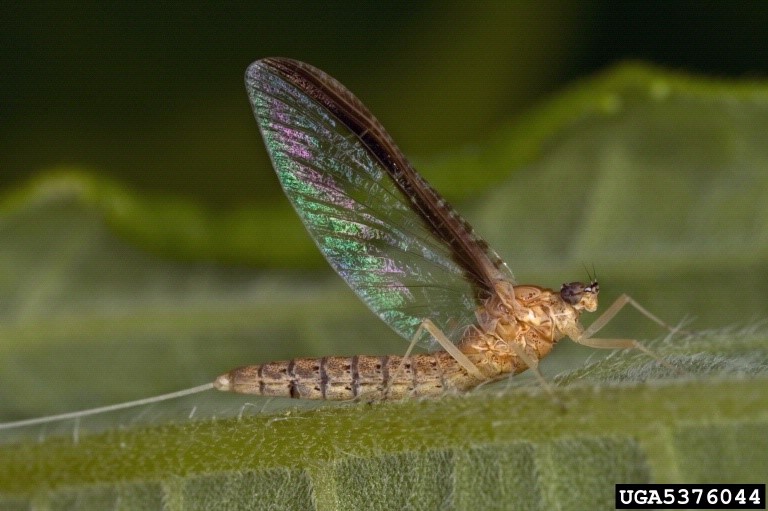Between all the cold, rainy weather and intermittent bouts of snow we’ve been having in North Georgia, February has put on a good show of bringing us some classic winter weather. However, despite this month’s average temperatures, I’m beginning to see phenological signs of spring everywhere. Phenology refers to the timing of key biological events observed in plants and animals that are directly influenced by changes in the environment. One way of thinking about it is by imagining we are flipping through Nature’s calendar.
We all know that when the weather begins to change in October we can expect the leaves of certain trees and shrubs to change colors, just as once the weather begins to warm again we will see buds swell before plants leaf back out in the spring. Easily observed events between animals and the environment include migratory patterns, such as the mass migration of the monarch butterfly in fall and the return of the American Robin in late winter.
So, why should we care? Studying phenology helps us understand the life cycle events of the living things on our planet, with a key element being to observe how environmental conditions influence the abundance and distribution of organisms and their ecosystem services. Take the annual mayfly hatch as an example. In North Georgia, and across the Southeast, the annual appearance of massive mayfly swarms is a spectacular natural phenomenon that plays a critical role in food webs and freshwater habitats, such as our trout streams in North Georgia.
To some, the mayfly hatch may seem like an arbitrary example, but understanding the connection between living things and their environments helps us become better stewards of our natural world. Afterall, without the mayfly, many of our aquatic and terrestrial animals would be left without a primary food source. It may be difficult to imagine what it would be like without the mayfly hatching out each year, but several decades ago, this was almost the case.
Prior to widescale industrialization in the mid-twentieth century, mayfly hatches were enormous. In fact, their numbers were so impressive that when their annual hatching occurred their swarms would black out the sky and covered entire waterways. Imagining what it would be like to observe an insect swarm of that scale today is almost impossible, and experiencing something like that would probably feel somewhat apocalyptic. However, by the time the 1970s rolled around, mayfly populations had steadily dwindled and mass hatching events largely became a thing of the past. It was as though this once prolific species had vanished from North American lakes and rivers.
But, why? Well, it turns out that an unfortunate side-effect of all of the growth brought on by industrialization in the mid-1900s deteriorated fresh water quality to the point that it was no longer suitable for this insect. Mayflies require clean, fresh water to complete their life cycle and they spend the vast majority of their lifespans in an aquatic life stage. In fact, once a mayfly hatches it may spend up to 2 years at the bottom of the river before finding its way to the surface to emerge as an adult. So, you can see how having a clean water source would be critical for their survival. Fortunately, by the 1990s, these insects were able to rebound, and after decades of studying the influence of the mayfly on our freshwater ecosystems, we’ve come to learn that their annual emergence is an effective indicator of ecological “health” of our waterways. This is where the bigger picture comes into play. Once an entire species begins to disappear, one may find it wise to determine why. In the mayfly’s case, a contaminated water supply was largely to blame. These impacts began to trickle up the ecosystem ladder and got our attention, and ultimately led to the development of the Safe Drinking Water Act of 1974. Safe, clean water is a benefit to all living things.
